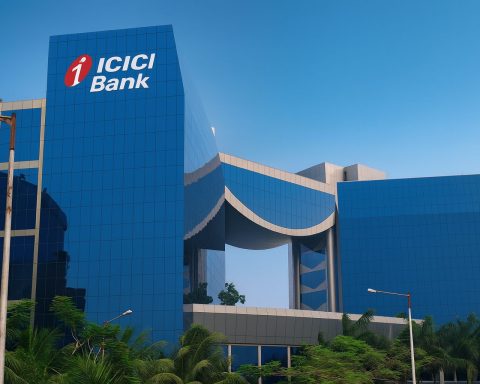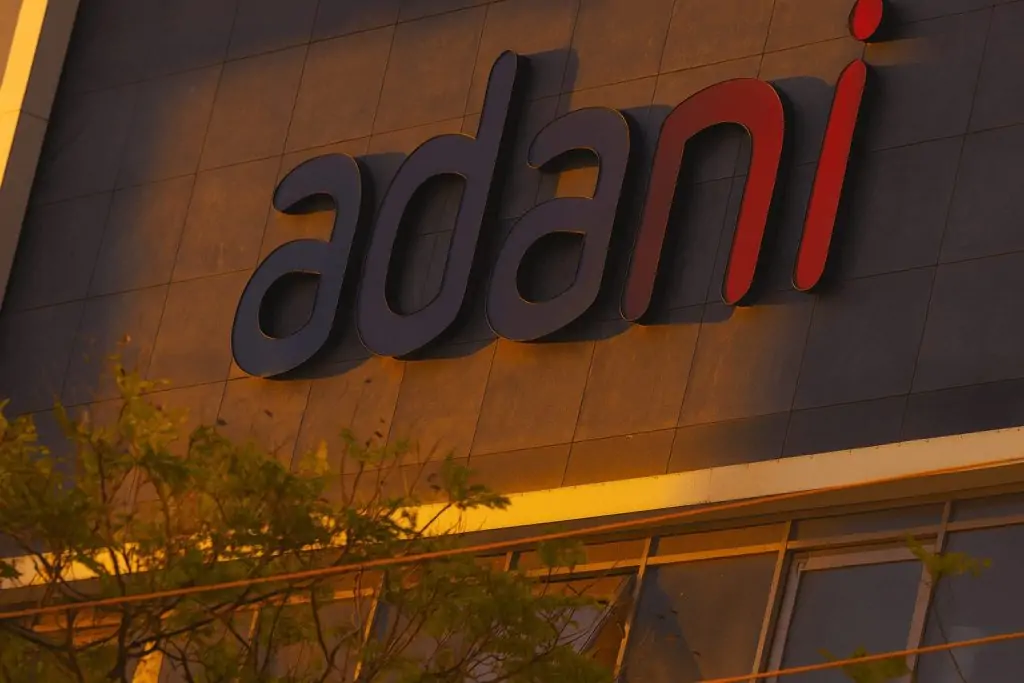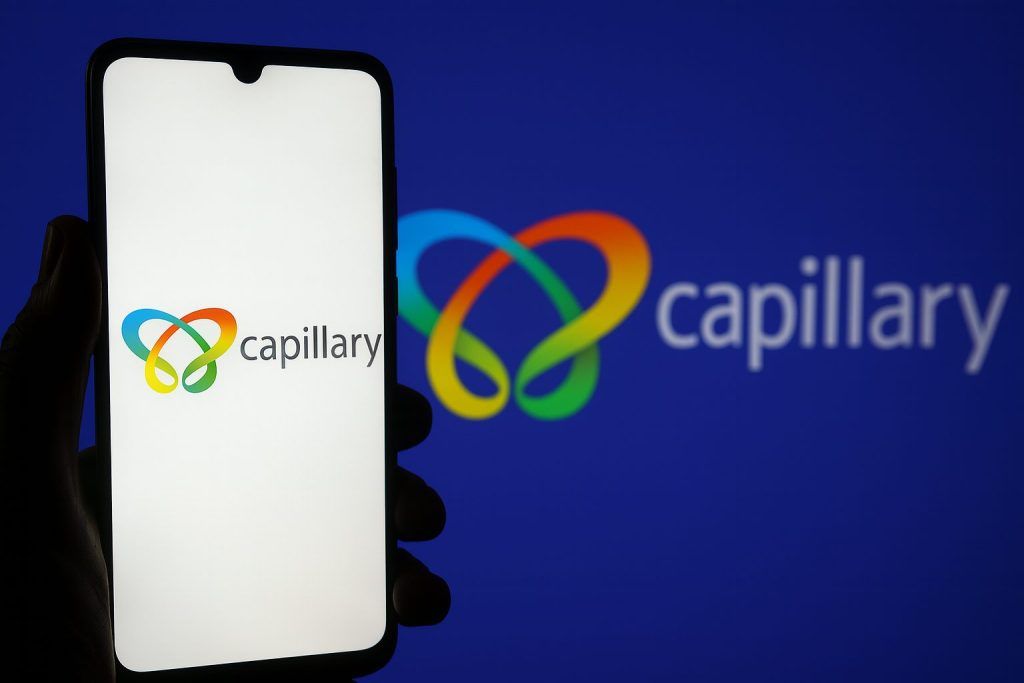Date: 28 November 2025 | Location: Mumbai
HDFC Bank Limited (NSE: HDFCBANK, BSE: 500180) spent Friday trading in a tight band just below its record levels, with high-value cash-market turnover and intense derivatives activity signalling a classic “pause to breathe” rather than a trend reversal. While the stock slipped marginally intraday, it remains less than 2% away from its 52‑week high, supported by strong November flows into financials and solid Q2 FY26 fundamentals. [1]
HDFC Bank share price today on NSE and BSE
As of late morning trade on 28 November 2025, HDFC Bank shares were hovering around ₹1,008 per share on both NSE and BSE, down about 0.1% versus Thursday’s close of ₹1,009.5. Intraday volume on NSE had already crossed 5.6 million shares, with the scrip among the most actively traded banking names. [2]
Key snapshot from the cash market:
- NSE last traded price (late morning): ~₹1,008.6
- Day change: about -0.1%
- 52‑week range: roughly ₹812 – ₹1,020.5
- Market capitalisation: around ₹15.5 lakh crore, making it India’s most valuable private-sector bank
- Valuation: about 21–22x trailing EPS (₹47.1), price-to-book ~2.9x, dividend yield ~2.2% [3]
Return profile based on Economic Times data:
- 1 day: about -0.1%
- 1 week: roughly +1.0%
- 1 month: around +0.5%
- 3 months: about +5.3%
- 1 year:~12–12.5%, comfortably ahead of many large-cap sectors but still short of more explosive pockets of the market [4]
From a volatility standpoint, HDFC Bank’s one‑year beta near 0.7 indicates it has moved less than the broader market, behaving more like a “steady compounder” than a high‑beta trading play. [5]
High-value trading in a narrow band signals consolidation
Fresh intraday data from MarketsMojo shows that HDFC Bank is one of the most actively traded stocks by value today, even though the price action looks deceptively quiet. [6]
According to their real-time trade summary for 28 November 2025:
- Total traded volume (cash): about 13.7 lakh shares
- Estimated traded value: roughly ₹138 crore
- Intraday range:
- Open: ₹1,007.0
- High: ₹1,008.0
- Low: ₹1,004.2
- Last traded price in that snapshot:₹1,005.6, a decline of about 0.26% from the previous close of ₹1,009.5 [7]
That translates into a price band of barely ₹3.75 – extremely tight for a stock of this size. MarketsMojo characterises this as a consolidation phase after two straight days of gains, with the share still trading roughly 1.5% below its 52‑week high of ~₹1,020.5. [8]
On the participation side:
- Delivery volume on 27 November jumped to around 1.81 crore shares, almost 20% higher than the five-day average delivery, hinting at rising long‑term buying interest rather than pure intraday churn. [9]
- Liquidity is deep enough that MarketsMojo estimates orders of about ₹50 crore can be executed without major price disruption – a key reason the stock remains a favourite with institutions. [10]
Technically, HDFC Bank is still trading above its 5‑day, 20‑day, 50‑day, 100‑day and 200‑day moving averages, suggesting the current softness is more of a sideways catch‑up than a breakdown. [11]
Adding to that picture, the Economic Times technical “insights” panel flagged 14‑day and 20‑day moving average bullish crossovers on 26 November, with historical data showing that such signals have, on average, preceded about 2% gains over the following week. [12]
Options market: heavy put activity around ₹1,000
If the cash market is quiet, the derivatives market is loud.
A separate MarketsMojo note highlights unusually heavy put option activity in HDFC Bank ahead of the 30 December 2025 expiry: [13]
- Most action is clustered around strikes ₹990, ₹1,000 and ₹1,010 – all near the current spot price (~₹1,008).
- The ₹1,000 put stands out with roughly 2,500 contracts traded and open interest near 5,000 contracts, generating turnover of around ₹1.7 crore on that strike alone.
- The ₹1,010 and ₹990 puts have also seen sizeable volume and open interest, with turnovers of roughly ₹1.5 crore and ₹0.5 crore, respectively.
MarketsMojo’s interpretation is that such near‑the‑money put concentration typically reflects:
- Hedging by investors who already own the stock and want insurance against near‑term volatility.
- Or cautious short‑term views, where traders are willing to pay premium to bet on a mild downside while the stock hovers just below a record high. [14]
Crucially, this put build‑up is happening while:
- The stock trades just about 1% below its 52‑week high,
- Sits above all key moving averages, and
- Has delivered a two‑day gain of about 2% leading into this week. [15]
Taken together, the derivatives data looks less like “panic hedging” and more like disciplined risk management on a stock that has already run up with the broader financials rally.
Role inside Nifty 50 and the banking rally
HDFC Bank remains a core heavyweight in the Nifty 50, and its moves often nudge the benchmark itself.
A fresh MarketsMojo piece on its Nifty 50 positioning puts the bank’s market cap at roughly ₹15.48 lakh crore, with the stock trading just about 1.2% below its 52‑week high. On 28 November, they characterise today’s action as a “marginal decline of 0.27%” with the stock consolidating after two days of gains, but still above all the major moving averages. [16]
Performance versus the headline index:
- 1‑year: HDFC Bank up about 12.3%, versus the Sensex’s 8.5% gain.
- Year to date: Bank up ~13.6%, again ahead of the Sensex’s ~9.8%.
- 3‑year / 5‑year: The bank’s returns (~26% and ~40%) trail the Sensex (~37% and ~94%), underscoring how much broader Indian equities have re‑rated since 2020. [17]
Over a 10‑year stretch, though, HDFC Bank still looks like a classic long‑term compounder: MarketsMojo estimates cumulative gains over 270%, outpacing the Sensex’s roughly 230% over the same period. [18]
Macro backdrop: Rally built on rate‑cut optimism
The broader environment has been increasingly friendly to banks:
- On 26 November, Reuters reported that the Nifty 50 jumped 1.24% to a 14‑month high of 26,205, while the Sensex gained 1.21%, with financials and banks leading the move on optimism around a possible U.S. Fed rate cut and expectations of Reserve Bank of India (RBI) easing. HDFC Bank, ICICI Bank and Reliance together added 1.2–2% apiece, powering the indices’ best session in five months. [19]
- The Indian Express notes that banking stocks, including HDFC Bank, have benefited from a 100‑basis‑point reduction in the RBI repo rate so far in 2025, with economists widely expecting another cut at the next MPC meeting on 5 December. Big private banks like HDFC Bank, ICICI Bank and Axis Bank have delivered 7–17% returns over the past year, while select PSU banks have done far more owing to lower starting valuations. [20]
On Friday itself, ET Now’s mid‑session market wrap showed:
- Sensex trading near 85,891, up about 0.2%
- Nifty 50 around 26,248, up 0.12%
- Nifty Bank near 59,825, up 0.15%
with HDFC Bank mentioned among the early drags in the opening bell commentary before stabilising in a narrow range. [21]
In short: the index is strong, the sector is strong, and HDFC Bank is behaving like a large, fully‑priced leader taking a breather.
Fundamentals after Q2 FY26: Profit growth, softer margins, cleaner book
Beneath the short‑term trading noise, HDFC Bank’s latest quarterly numbers from Q2 FY26 (July–September 2025) continue to show double‑digit profit growth with some margin compression, a theme seen across large Indian lenders.
According to detailed coverage by Business Standard and Reuters: [22]
- Standalone net profit for Q2 FY26 rose about 10.8–11% year‑on‑year to ₹18,641 crore, beating analyst estimates.
- Net interest income (NII) grew 4.8% YoY to roughly ₹31,550 crore.
- Non‑interest income jumped about 25% YoY to around ₹14,350 crore, helped by strong trading and fee income.
- Net interest margin (NIM) declined to roughly 3.3%, from 3.5% a year earlier and 3.4% in the previous quarter – a reminder that deposit costs are still catching up.
- Provisions and contingencies climbed to roughly ₹3,500–3,500+ crore, up nearly 30% YoY, as the bank chose to build buffer provisions.
- Asset quality improved:
- Gross NPA ratio eased to around 1.2–1.24% (from ~1.4% quarter‑ago).
- Net NPA fell to about 0.4%.
- Loan growth: advances rose roughly 9–10% YoY, led by retail and SME, while deposits grew around 12% YoY.
MD & CEO Sashidhar Jagdishan has been explicit about the strategy:
- In FY25 the bank deliberately slowed growth after the HDFC merger to pull its credit‑to‑deposit ratio down from ~110% to around 96.5%, effectively rebuilding deposit buffers. [23]
- For FY26, the bank aims to grow in line with system credit growth, and then faster than the system in FY27, once funding is more comfortably balanced. [24]
- Management has also set up an “emerging technologies factory” to re‑engineer processes, shorten turnaround times and drive efficiency gains over the next 18–24 months. [25]
Reuters quotes management as expecting NIMs to gradually improve over the next few quarters as older high‑cost deposits roll off and reprice lower in the current rate‑cut environment, while loan growth picks up on the back of tax cuts and supportive macro conditions. [26]
For investors watching today’s tick‑by‑tick price, this context matters: the stock is consolidating not off weak numbers, but off a fairly strong earnings base with manageable margin pressure.
Corporate actions and shareholder updates in November 2025
November has also brought a handful of corporate and regulatory updates:
- Employee stock options (ESOP) allotments:
- A filing dated 14 November 2025 notes that HDFC Bank allotted around 30.84 lakh equity shares to employees upon exercise of stock options/RSUs under its ESOS plans, nudging paid‑up equity capital from about 557.97 crore shares to 558.08 crore shares of face value ₹1 each. [27]
- Another exchange disclosure in late November records a further ESOP‑linked allotment, again marginal in the context of total equity but consistent with ongoing employee incentive programmes. [28]
- Special window for physical share transfers:
- On 21 November 2025, the bank published newspaper notices regarding a special window for re‑lodgement of transfer requests of physical shares, in line with regulatory requirements. BSE filings include copies of the Business Standard and Navshakti advertisements. [29]
From a governance and transparency standpoint, the steady flow of such detailed filings is part of why HDFC Bank remains a benchmark stock for institutional portfolios.
Global lens: HDFC Bank ADR (HDB) on NYSE
For international investors, HDFC Bank also trades in the U.S. as an ADR under the ticker HDB.
Data from INDmoney and Trendlyne show that as of 27 November 2025: [30]
- HDB ADR price: about $36.63, up roughly 1.2–1.3% on the day.
- 52‑week range: approximately $28.89 – $39.81.
- Market cap: around $188 billion, broadly aligning with the rupee‑denominated valuation.
- Valuation: trailing PE ~24.9x, dividend yield around 1.1%.
- Returns: ~+8.5% over 1 year, +3% over 3 months.
- Analyst stance: roughly 90% of 49 tracked analysts rate the stock “Buy”, with an average ADR target price near $43.9 – implying about 16–17% upside from current levels (in dollar terms).
Domestic broker data compiled by the Economic Times similarly shows 38 analysts on the Indian line with a consensus “Buy”, and recent targets from firms like JM Financial and ICICI Securities pointing to substantial upside over the medium term (with indicative targets north of ₹2,000 in some cases). [31]
Analyst targets aren’t guarantees, but the broadly positive sell‑side stance is part of what keeps HDFC Bank a structural overweight in many global and domestic portfolios.
How to read today’s move in HDFC Bank stock
Putting the pieces together, 28 November 2025 looks less like a decisive turning point and more like a textbook consolidation day for HDFC Bank:
- Price is flat-to-slightly-negative, yet still within touching distance of all‑time highs. [32]
- Cash-market liquidity is strong, with high‑value trades and rising delivery volumes compared with last week. [33]
- The options market is busy hedging close to the ₹1,000 mark, suggesting investors are actively managing risk rather than exiting en masse. [34]
- Macros are supportive: Indian equities are near record highs, banks are benefitting from rate‑cut expectations and improved credit demand, and HDFC Bank is central to that story. [35]
- Fundamentals show solid profit growth, improved asset quality and a deliberate strategy to rebuild deposits and then accelerate growth, even as margins remain under pressure for now. [36]
For traders, the combination of:
- tight intraday ranges,
- recent bullish moving‑average crossovers, and
- heavy near‑the‑money put activity
creates a tug‑of‑war between short‑term consolidation and the possibility of another leg higher if broader market momentum stays intact.
For longer‑term investors, the picture is more straightforward: HDFC Bank remains a high‑quality, fully‑discovered large cap that is still compounding, just at a more measured pace than earlier in the decade. Its valuation around 21–22x earnings is not “cheap” in absolute terms, but sits within the range global investors have historically been willing to pay for a private‑sector Indian banking franchise with:
- sub‑1.5% gross NPAs,
- double‑digit profit growth, and
- a long runway in retail and SME lending. [37]
References
1. www.marketsmojo.com, 2. economictimes.indiatimes.com, 3. economictimes.indiatimes.com, 4. economictimes.indiatimes.com, 5. economictimes.indiatimes.com, 6. www.marketsmojo.com, 7. www.marketsmojo.com, 8. www.marketsmojo.com, 9. www.marketsmojo.com, 10. www.marketsmojo.com, 11. www.marketsmojo.com, 12. economictimes.indiatimes.com, 13. www.marketsmojo.com, 14. www.marketsmojo.com, 15. www.marketsmojo.com, 16. www.marketsmojo.com, 17. www.marketsmojo.com, 18. www.marketsmojo.com, 19. www.reuters.com, 20. indianexpress.com, 21. www.etnownews.com, 22. www.business-standard.com, 23. www.business-standard.com, 24. www.business-standard.com, 25. www.business-standard.com, 26. www.reuters.com, 27. www.hdfcbank.com, 28. www.business-standard.com, 29. bsmedia.business-standard.com, 30. www.indmoney.com, 31. economictimes.indiatimes.com, 32. www.marketsmojo.com, 33. www.marketsmojo.com, 34. www.marketsmojo.com, 35. www.reuters.com, 36. www.business-standard.com, 37. economictimes.indiatimes.com







